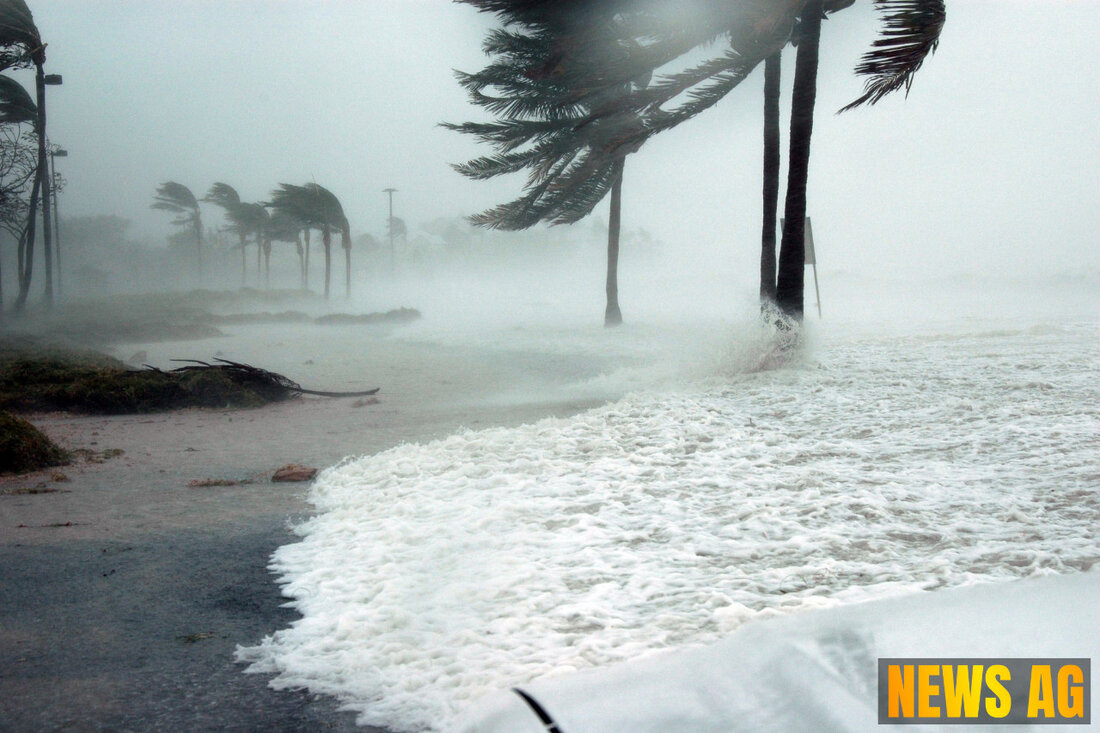Tropical Storm Henriette Gains Strength, But Hawaii Remains Safe
Explore the latest on Tropical Storm Henriette strengthening in the Pacific, with no current threat to land.

Tropical Storm Henriette Gains Strength, But Hawaii Remains Safe
Tropical Storm Henriette is on the rise in the central Pacific Ocean, currently positioned about 415 miles (670 kilometers) north-northeast of Hilo, Hawaii. As it moves northwest at a brisk 16 mph (26 kph), there’s a sense of anticipation in the air, but it’s important to note that Henriette is expected to remain well away from the Hawaiian islands, so no coastal watches or warnings have been issued for the storm. This latest development comes as Henriette boasts maximum sustained winds of 60 mph (95 kph), with the potential for it to strengthen further as the days progress. Indeed, forecasts suggest that it could reach hurricane status by late Sunday or Monday—the threshold for which is winds of 74 mph (120 kph). The National Hurricane Center describes Henriette as a small tropical cyclone, a term that encompasses a rotating system of clouds and thunderstorms originating over tropical or subtropical waters, complete with a closed low-level circulation, as explained by NHC.
In another part of the Pacific, Tropical Storm Ivo is losing steam. Located about 400 miles (645 kilometers) west of the tip of Baja California, Ivo is predicted to weaken into a remnant low by Monday, currently registering maximum sustained winds of 40 mph (65 kph) and moving west-northwest at a leisurely pace of 10 mph (17 kph). Similar to Henriette, Ivo is not expected to threaten land, and again, no coastal watches or warnings are in effect.
Understanding Tropical Cyclones
To better grasp the situation with storms like Henriette and Ivo, it’s worthwhile to clarify some definitions. A tropical cyclone, as per several meteorological definitions, is a rotating atmospheric system characterized by organized clouds and thunderstorms—quite a sophisticated setup, starting over warm waters. In the Northern Hemisphere, these systems rotate counterclockwise, which adds intrigue to their dynamics. The classification ranges from Tropical Depression, with max sustained winds of 38 mph (33 knots) or less, to Bigger Storms like Hurricanes, which clock in at 74 mph (64 knots) or higher. This framework also includes typhoons and cyclones, depending on their geographical origins, further explained at Track the Tropics.
The Atlantic hurricane season, which spans from June 1 to November 30, typically features its peak activity from mid-August to late October. In fact, accurate records show that systems can start to appear by the beginning of June, with varying intensity as the season progresses. Still, it’s critical to remember that hurricanes can form at any time during this period, always keeping coastal communities on their toes.
This seasonal pattern holds relevance even for locations like Hawaii, where storms within 200 miles—and particularly within 75 miles—can bring significant dangers, especially from winds and surf, even when they don’t make landfall. With the historical data from the National Hurricane Center pointing to numerous past storms affecting central Pacific shores, vigilance remains key for all residents in vulnerable areas.
As we observe Henriette building strength and Ivo retreating, the broader context of hurricane activity underscores just how variable these systems can truly be. As the ocean waters warm and conditions evolve, the potential for both risky weather and remarkable storms looms just beyond the horizon, reminding us that in matters of nature, there’s always something to be said for preparedness.

 Suche
Suche
 Mein Konto
Mein Konto